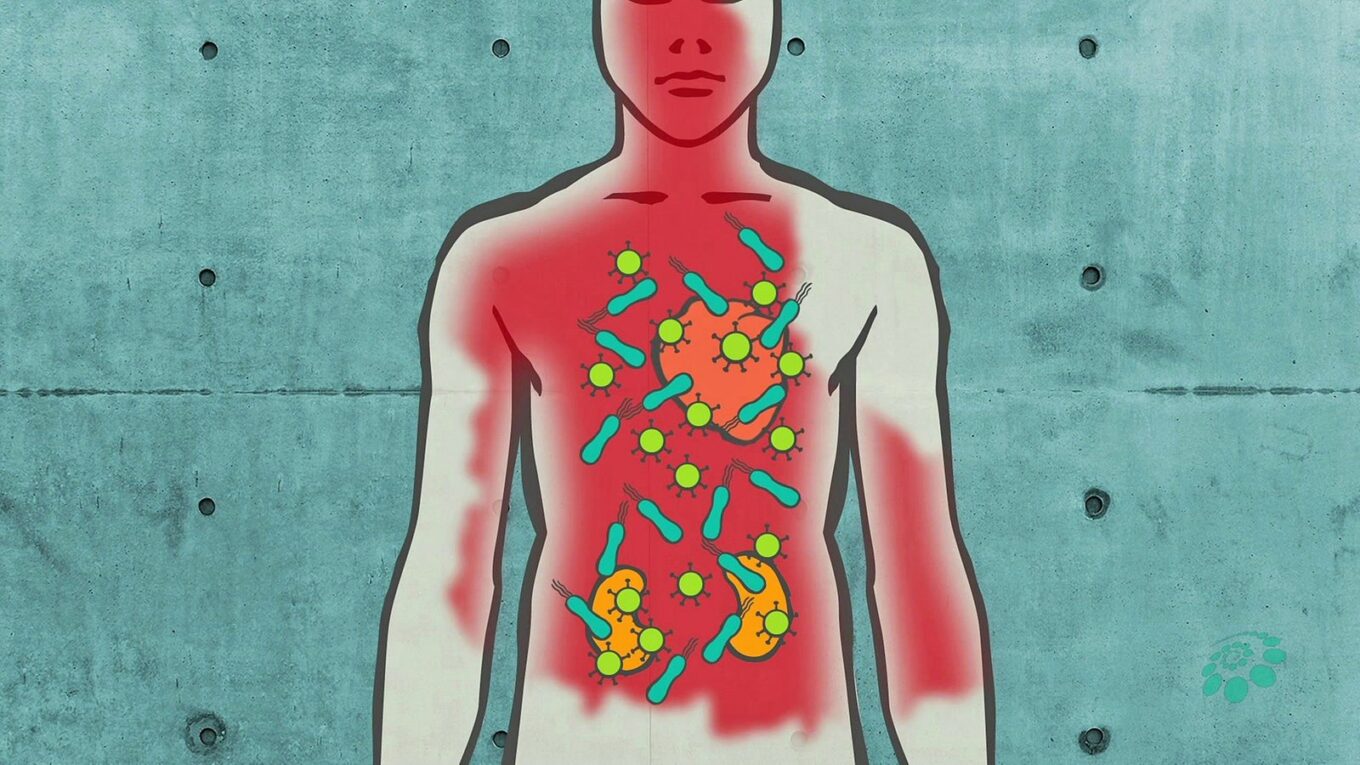A research team from the University Children’s Hospital Zurich has made advances in the diagnosis of sepsis in children based on new research findings. The team, which consisted of an international collaboration, utilized artificial intelligence to analyze data from over 3.5 million children afflicted with this life-threatening disease. The study, which was published in JAMA, marks a major breakthrough in diagnosing sepsis in children.
Sepsis is a severe infection that can result in organ failure. Annually, approximately 3 million children worldwide succumb to this disease. Of those who manage to survive a sepsis infection, every third child experiences long-term consequences, some of which can be severe. Up until now, there were no scientifically-based criteria that medical professionals could rely on for diagnosing sepsis in children.
Over the course of several years, an international task force undertook a big-data project, examining data from 3.5 million children afflicted with sepsis. Leveraging machine-learning methods, the research team extrapolated evidence-based criteria for diagnosing sepsis in children. These findings then served as the foundation for the development of a new scoring system, named the Phoenix Sepsis Score. This scoring system enables physicians to swiftly and accurately assess the severity of organ failure in children suffering from sepsis.
The significance of these discoveries cannot be overstated. For the first time, standardized and evidence-based criteria have been established, a development that will enhance early detection of this grave illness in the future, according to Prof. Dr. Luregn Schlapbach. Schlapbach, who, together with Prof. Scott Watson of Seattle Children’s Hospital, led the study, is a professor of pediatric intensive care medicine at the University of Zurich and also serves as a senior physician in intensive care medicine at the University Children’s Hospital Zurich.
This extensive big-data project contained data from developing nations in South America, Africa, and Asia, marking a first for a sepsis study of this nature. As a result, the newly-established criteria are applicable to hospitals of all sizes, situated within various healthcare systems across the globe.
This breakthrough in diagnosing sepsis in children holds immense potential. It offers hope for quicker identification of the disease, which in turn could lead to earlier intervention and improved outcomes for the affected children. The application of artificial intelligence and machine-learning methods in healthcare continues to open new horizons, bringing us closer to more effective diagnoses and treatment solutions for life-threatening conditions. The collaborative efforts between international research teams are vital in propelling us towards a brighter future in pediatric healthcare
*Note:
1. Source: Coherent Market Insights, Public sources, Desk research
2. We have leveraged AI tools to mine information and compile it

